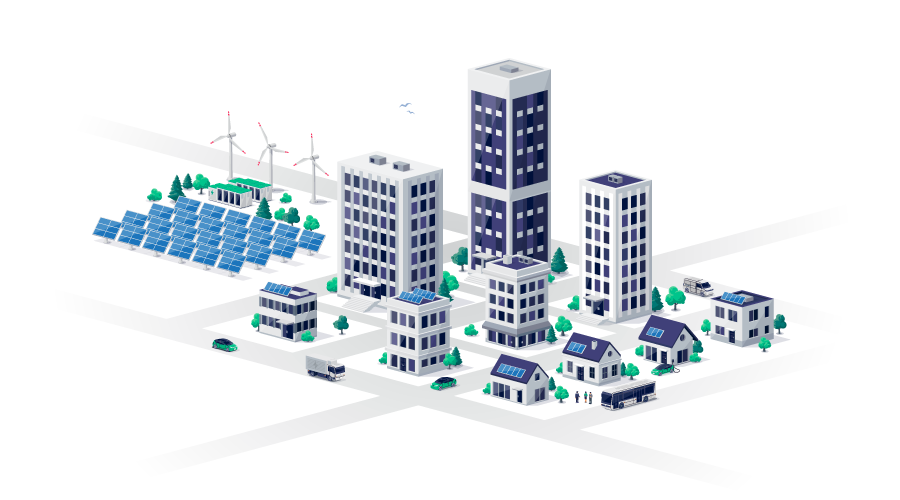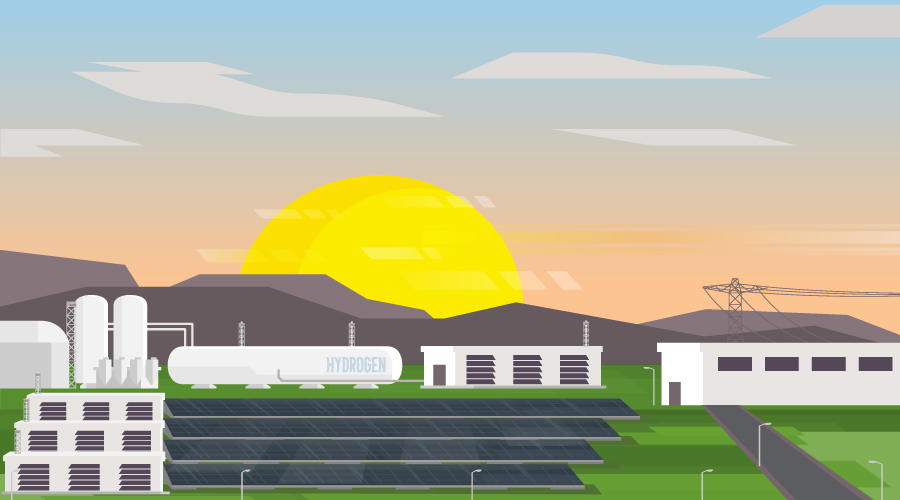Cost Effectiveness: Determining Facility Meter Needs
In determining any facility's metering needs, cost-effectiveness is usually a function of equipment cost, ongoing maintenance, and the benefits of metering, such as the savings that would result from better managing metered operations.
One major consideration for managers trying to determine components and equipment to meter centers on major power-consuming systems that offer opportunities for energy conservation. Managers also might use metering as a diagnostic tool that can provide insights into systems or areas with irregular power-consumption profiles.
Power metering offers additional beneficial uses beyond consumption savings:
- Sub-metering tenant spaces in office buildings or research laboratories can provide a basis for cost recovery.
- Aggregating meters up to a master meter might help in negotiating lower utility rates.
- Sub-metering a data center is required to determine an Energy Star score.
- Power metering can provide measurement and verification for energy-conservation efforts.
- The technology can help monitor energy-savings performance contracts.
- It can support an emergency response to system shut-downs or interruption of non-critical loads.
- Power-metering technology can support power-outage reporting.
Specification Considerations
The first consideration is whether the metering will integrate with the local utility or in-house use. Consulting the local utility is a must to replace an account meter.
Managers should consider engaging a professional electrical engineer when specifying power metering. The engineer should consider the appropriate placement of the meter sensors, as well as the physical location of the metering device. Hardware specifications should include: the meter; ancillary devices such as current transformers and safety switches; communications modules;and materials necessary to complete the construction. Meter capabilities and functionality should be based on the desired data-set. At a minimum, managers should consider having the meter measure and report voltage, current, watts, volt-ampere reactive, volt-amps, and frequency.
The meter should also be able to accumulate and store data, provide multiple demand calculations — such as thermal average, fixed window average, sliding window average, and predicted average — have variable interval settings for readings, and provide time and date stamps for all readings.
The specification should address meter accuracies and show that it meets code requirements. Defining the means of communicating data and access to setting adjustments should be part of the specification with multiple open protocols.
Power metering has become so advanced that facility managers no longer have to rely on a single standard utility meter for their energy management. As close and as accurate as there may be a need, there are metering tools to monitor the flow of electricity into and through their buildings.
Doug Yon, P.E., CEM, CEP, is a project manager with Facility Engineering Associates. He has more than 25 years of experience with energy management, facilities management, condition assessments, and construction management projects.
Specifier Takeaway
The power meter should be able to accumulate and store data, provide multiple demand calculations — such as thermal average, fixed window average, sliding window average, and predicted average — have variable interval settings for readings, and provide time and date stamps for all readings. The meter specification also should address the meter's accuracies.
|
Related Topics:













